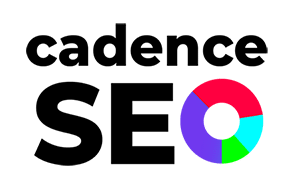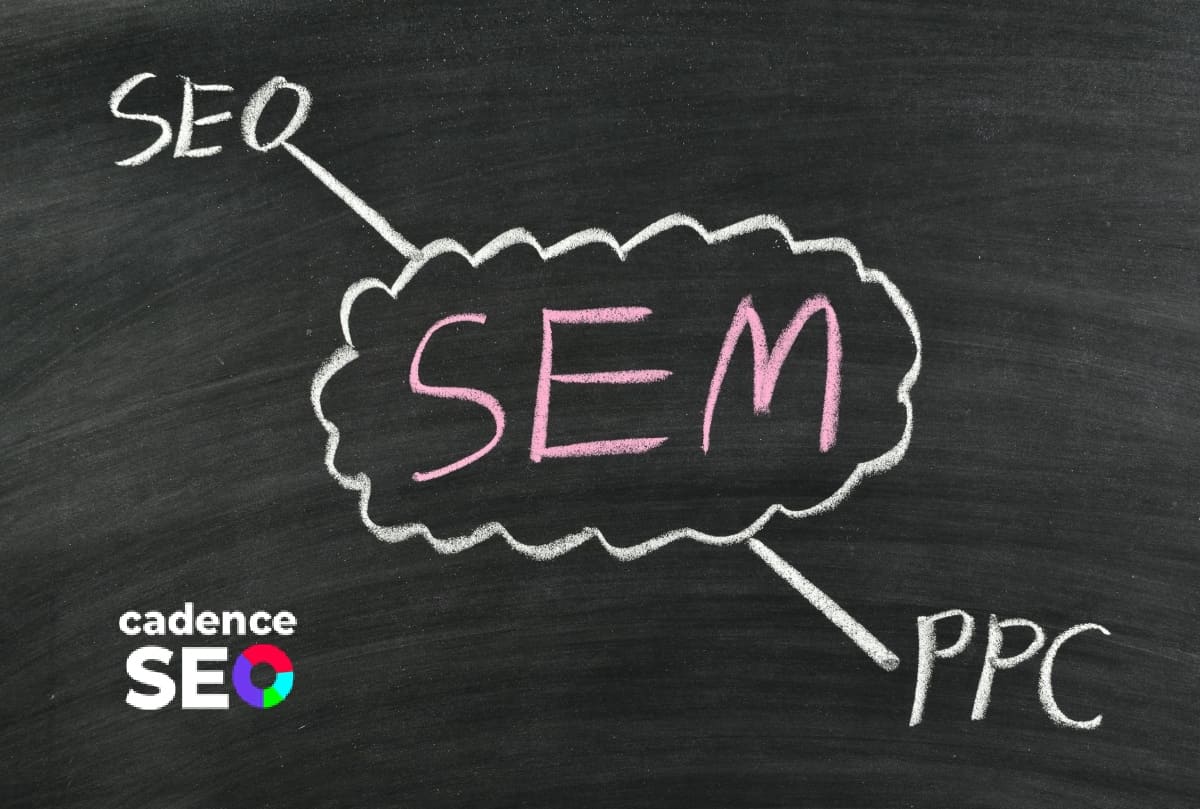The landscape of digital marketing is continuously evolving. Yet, two of the most pivotal strategies businesses utilize to boost their online presence are search engine optimization (SEO) and pay-per-click (PPC) advertising. Although both techniques aim to enhance visibility and attract traffic to a website, their mechanisms and impacts on ranking are very different. Understanding what sets SEO and PPC apart can help you determine the best digital marketing strategy for your organization’s needs!
Are SEO Rankings and PPC Rankings Different?
SEO rankings and PPC rankings operate on entirely different principles. SEO focuses on optimizing a website to rank naturally in search engine results through organic strategies, enhancing the site’s relevance and authority over time. A website’s perceived value influences SEO rankings to users, its content relevance, and various other organic factors, such as website organization, quality backlinks, keyword relevance in content and metadata, and overall user experience. These rankings are earned through strategic optimization over time and can provide sustainable long-term benefits.
In contrast, PPC involves advertisers paying for their ads to appear in sponsored sections of search results, dependent on keyword bidding and ad quality. PPC rankings are primarily determined by the amount paid per click, the ad copy’s relevance, the ad’s quality score, and the bid’s immediate competitiveness.
What Factors Determine SEO Ranking?
Keyword Research
Effective keyword research identifies the terms and phrases users are searching for. These keywords should align with the site’s offerings and be integrated into content to maintain natural readability.
On-Page Optimization
On-page optimization involves optimizing individual web pages to rank higher and earn more relevant traffic. Techniques include using appropriate tags, structured HTML, and improving metadata and URLs.
Off-Page Optimization
Off-page SEO refers to actions taken outside your website to impact your rankings within search engine results pages (SERPs). It includes link building, social media strategy, and influencer marketing.
Quality of Content
Content quality affects SEO significantly. After all, content is king! Search engines favor content that’s well-written, relevant, and user-focused.
Mobile Device Adaptability
An ever-increasing amount of consumers use mobile devices to access content. Search engine crawlers award higher ranking to websites that have mobile-friendly content. Mobile SEO optimizes websites for mobile devices, ensuring the site loads quickly, has a responsive web design, and includes content that’s easy to read on smaller screens.
Technical SEO Performance
Technical SEO refers to website and server optimizations that help search engine spiders crawl and index your site more effectively. Key aspects include structured data, proper use of tags, and URL structure.
What Factors Determine PPC Ranking?
Pay Per Click (PPC) Bid Amount
The bid amount is the price you are willing to pay for each click on your ad. Higher bids can improve the ad’s visibility. Cost per click (CPC) is the maximum bid amount an enterprise will pay for a keyword. Cost per mille (CPM) is a PPC model where enterprises pay for every thousand people who view the ad.
Quality Score
Google’s quality score evaluates your click-through rate (CTR), the relevance of each keyword to its ad group, landing page quality and relevance, and the overall performance of your ads.
Ad Ranking
Ad ranking is the position of your ad on SERPs. Your bid amount and quality score determine ad rank.
SERPs Ad Position
The ad position refers to the placement of your ad on the search engine page. Being in a higher position typically leads to higher visibility.
Selection of Keywords
The choice of keywords can dictate the success of your PPC campaign. Keywords need to be highly relevant to the advertisements.
Relevance of the Ad
This measures how closely your ad campaign matches the intent behind a user’s search. Relevant ads lead to higher quality scores.
Click-through Rate (CTR)
CTR measures the frequency with which people who see your ad end up clicking it. High CTRs suggest that users find the ads useful.
Ad Format
An ad format is the way your ad is displayed in SERPs, such as text or display ads. Generally, display ads tend to drive more clicks than text ads because they utilize visual content like images, graphics, or videos. Innovative ad formats can enhance visibility and attractiveness, thereby improving effectiveness.
Location Targeting
PPC allows for the targeting of specific geographic locations, optimizing ad exposure to the most relevant audiences.
Activity of Competitors
The competitive landscape can affect your ad rank. Being aware of competitor strategies and bid amounts is crucial for maintaining a competitive edge.
Understanding these distinct factors behind SEO and PPC ranking can empower businesses to tailor their strategies appropriately and maximize their online marketing efforts. By leveraging the unique advantages of both SEO and PPC, companies can enhance their visibility, increase traffic, and drive growth effectively.
Explore SEO and PPC Services from Cadence!
When choosing a digital marketing strategy, each enterprise has unique needs and goals that require tailor-fit solutions for increasing online visibility. CadenceSEO is a full-service digital marketing agency and consultancy specializing in SEO and PPC advertising. Our team of SEO experts can help you determine the best way to drive traffic to your website, whether it be with SEO services, PPC advertising, or a combination of both! Interested in learning more? Contact us today to schedule your free consultation!






